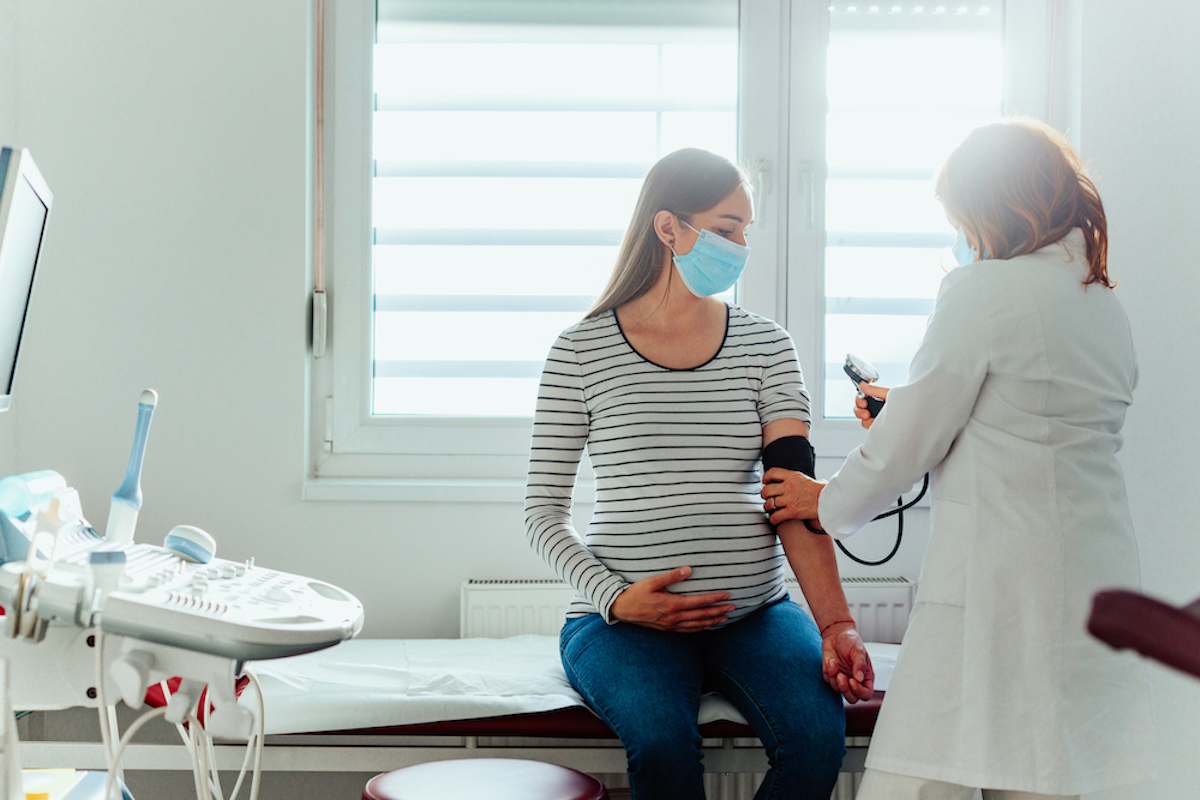Could you offer data on placenta previa? My doctor says I’m at risk of developing it and wants to put me on bed rest.
—Anonymous
Placenta previa is a condition in which the placenta partially or fully covers the cervix. Diagnosis may follow a bleeding event, although in many people it is diagnosed based on a mid-pregnancy ultrasound.
The major risks with placenta previa relate to bleeding, which can be extremely serious. If you’ve had a bleeding episode with this condition, your doctor will keep a close eye and, depending on the severity, will possibly have you stay in the hospital pre-delivery.
It sounds from your question, though, that what you have is a currently asymptomatic previa diagnosed in mid-pregnancy. The vast majority of cases — perhaps 90% — diagnosed in this way will resolve before delivery. As the fetus grows and the uterus expands, the placenta moves, which can address the issue. So although an estimated 0.3% to 2% of pregnancies do have a placenta previa in the third trimester, which would likely necessitate increased monitoring and a cesarean section, there is an excellent chance that you won’t find yourself in that group.
Even if you do have placenta previa in the third trimester, though, there isn’t any evidence to suggest bed rest will help. I talk about the broader issue of bed rest more in Expecting Better, but the reality is that there are few, if any, conditions for which bed rest is supported in the data. In the case of placenta previa, doctors commonly prescribe “pelvic rest,” which is medical speak for “no sex.” The concern is that putting stuff in your vagina could cause bleeding if the placenta is right at the cervix. This is a logic-based recommendation, but not one with a significant evidence base.
There is also advice to avoid strenuous exercise, heavy lifting, or standing for more than four hours at a time, given small links between these activities and preterm birth in this population. However, no strenuous exercise is not the same as bed rest. Bed rest isn’t part of this recommendation.
There is a challenge of how to approach this with your doctor. There may be factors in your case that lead to their thoughts, and good medical decision-making requires a combination of aggregate data and individual considerations. I think if it were me, I would raise it in the spirit of a genuine question: “Why do you think my case is different from the average?”


















Log in